
DEWATERING PACKAGE & BELT FILTER PRESS
PACT® Dewatering is the simplest definition of the removal of water. This process is used in many industries but commonly wastewater when water is separated from solids through a variety of different pumping or filtering processes. Sludge dewatering is the separation of a liquid and solid phase whereby, generally, the least possible residual moisture is required in the solid phase and the lowest possible solid particle residues are required in the separated liquid phase PACT® Dewatering is used by large wastewater treatment plants to separate sludge into a liquid and solid. The principle methods in wastewater are belt filter presses and centrifuges. They are usually only implemented at larger facilities and are not cost efficient to be used on a small scale. This is only one part of the process of wastewater becoming treated water. Primary treatment is essential prior to the dewatering. The filtrate or centrate liquid which is separated during the dewatering process must also be treated. This typically involves circulation to the head works of the wastewater treatment plant. Filtration is the most widely used method in the treatment of sludge produced by wastewater treatment. It can consist just in drainage though sand beds or it can be mechanical under vacuum middle or high pressure conditions which require more sophisticated equipment. Filter presses operate applying very high pressures to the cake. Centrifugation is a separation process which uses the action of centrifugal force to promote accelerated settling of particles in a solid-liquid mixture. Two distinct major phases are formed in the vessel during centrifugation.
PACT® BELT FILTER PRESS 407 SERIES
PACT® BELT belt filter presses are reliable, cost-effective and time proven dewatering machines for municipal and industrial water and wastewater treatment. Backed by expert process engineering support, and over 30 years of experience in the belt filter press industry, PACT® has evolved into one of the most modern and complete solids dewatering supplies. PACT® offers a complete line of high-performance belt filter presses for sludge dewatering and thickening. All critical parts (motors, variable drives, bearings, solenoids, pistons, limit switches, E&C, instrumentation, etc.) are sourced from globally reputable name brands.
PRE-DEWATERING DRUM
Completely made of SS 304, it is installed to mix the sludge and the polymer solution, as well as to remove the water from the suspension resulting from the suspension resulting from the drum cloth filtering action. On diluted sludge, the belt press throughput can increase up to 60 %.
SLUDGE DISTRIBUTION AND DRAINAGE BY GRAVITY
The sludge, which has been previously thickened in the pre-dewatering drum (or the motorised mixer), is conveyed to an area between the tensioning roller of the drainage-by-gravity zone. This area has the function to distribute the sludge uniformly onto the belt whole width. To achieve this, it is equipped with a blade at it’s outlet which can be adjusted in height and inclination. This blade levels, the sludge carried ahead by the belt, which, being pressed, is uniformly distributed and starts draining by gravity.
WEDGE ZONE
After the drainage by gravity, the sludge passes through a wedge zone where the pressure on the sludge layer increases slightly because of a series of seven idler and adjustable rollers placed both above and below the belts. This is useful to drain a fair quantity of water before the sludge reaches the proper pressing zone.
PRESSING ZONE
The sludge is now gradually pressed while going forward and winding wound rollers with decreasing diameters. The main factors to obtain a high pressing efficiency are:
- a good permeability of the belt which must be chosen according to the type of sludge to be treated:
- high and increasing pressure while the sludge goes forward and winds around the rollers.
CAKE BREAKAWAY
At the end of the process, when the two filtering belts move apart and wind around the traction rollers, the sludge layer tends to detach by itself. The action is completed by two scrapping doctor blades (one for each roller).




More Products
-

DEMINERALIZATION SYSTEM
PACT® Demineralization is the process of removing mineral salts from water by using the ion exchange process. Demineralised water...
-
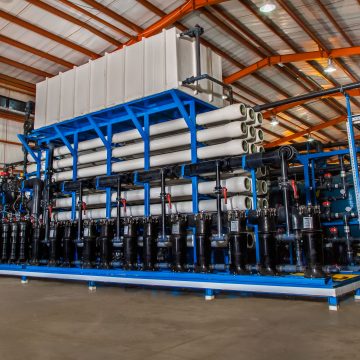
REVERSE OSMOSIS DESALINATION SYSTEM
PACT® principals are among the pioneers in the water desalination industry. Since the early 70s PACT® principals have designed...
-
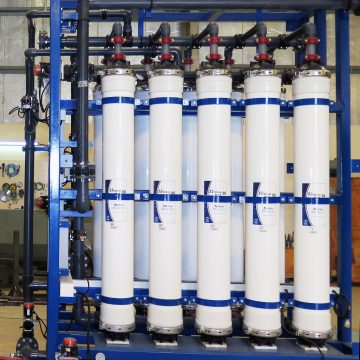
ULTRA FILTRATION (UF)
PACT® Ultra Filtration (UF) involves pressure-driven separation of materials from a feed solution. Ultra filtration membrane productivity is high, while...
-
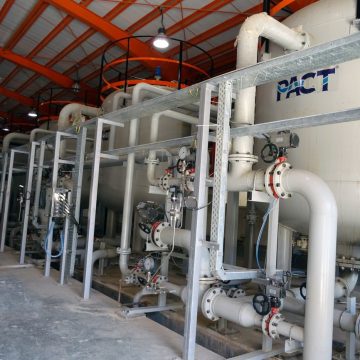
MULTIMEDIA FILTER
PACT® Multimedia Filter is used to reduce the level of suspended solids in incoming feed water. Suspended solids consists...
-
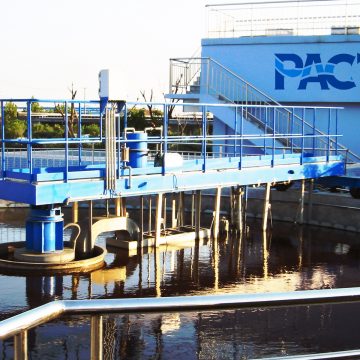
POTABLE PACKAGE
Water intake at the treatment plant can come from a number of different sources. Surface waters come from rivers,...
-
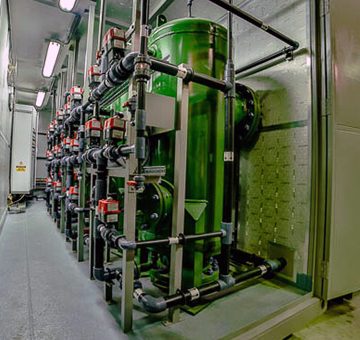
GREY WATER TREATMENT
Grey water is defined as waste water, collected separately from sewage flow that originates from clothes washer, bathtub, shower...
-
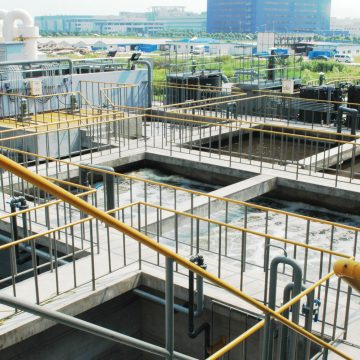
EXTENDED AERATION
PACT® extended aeration process offers certain benefits that can be combined with conventional processes to obtain a high quality...
-
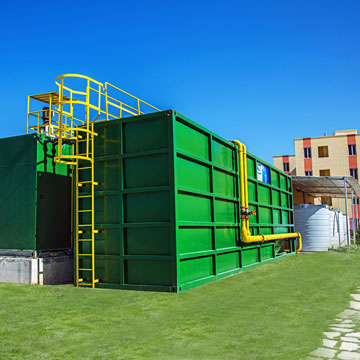
MBBR SYSTEM
Normal biological water treatment is done traditionally by suspended growth mode (e.g. activated sludge and extended aeration process) or...
-

MBR SYSTEM
COMPACT is state o-of-the-art pre-engineered sewage treatment system utilising PACT’s biological treatment expertise with TORAY’s submerged remembrance technology, it...
-
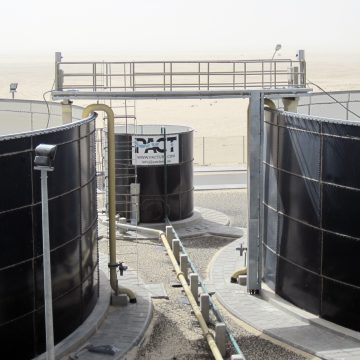
SEQUENCING BATCH REACTOR (SBR)
PACT® Sequencing Batch Reactor is a modification of activated sludge process which has been successfully used to treat municipal...
-

INDUSTRIAL WASTE WATER TREATMENT
PACT® Industrial wastewater treatment – the mechanisms and processes used to treat wastewater that is produced as a by-product...
-
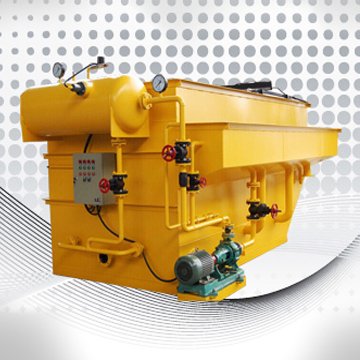
DISSOLVED AIR FLOATATION SYSTEM (DAF)
Dissolved air floatation (DAF) systems are commonly applied to remove suspended solids, fats, oils and associated BOD and COD...
-
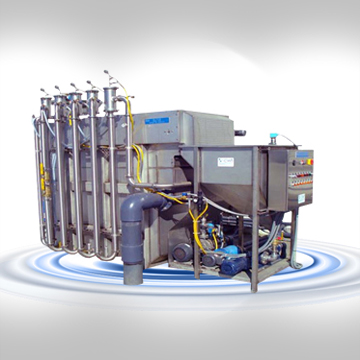
GAS ENERGY MIXING SYSTEM (GEM)
PACT’s innovative flocculation and flotation unit is a unique approach and replacement to traditional DAF treatment systems. The GEM unit...
-
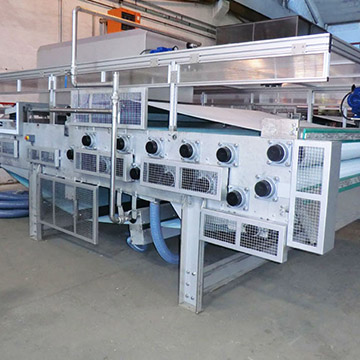
DEWATERING PACKAGE & BELT FILTER PRESS
PACT® Dewatering is the simplest definition of the removal of water. This process is used in many industries but...

